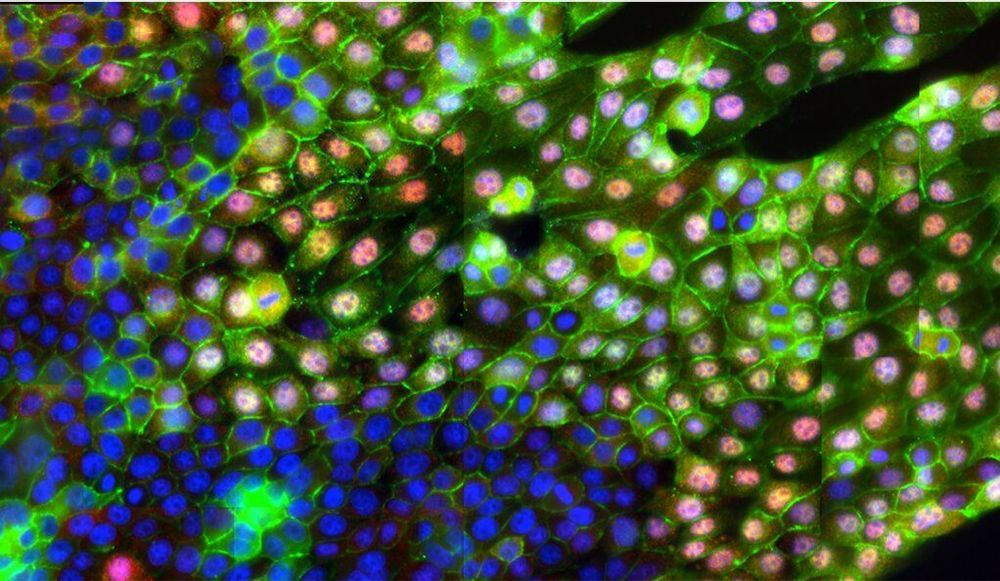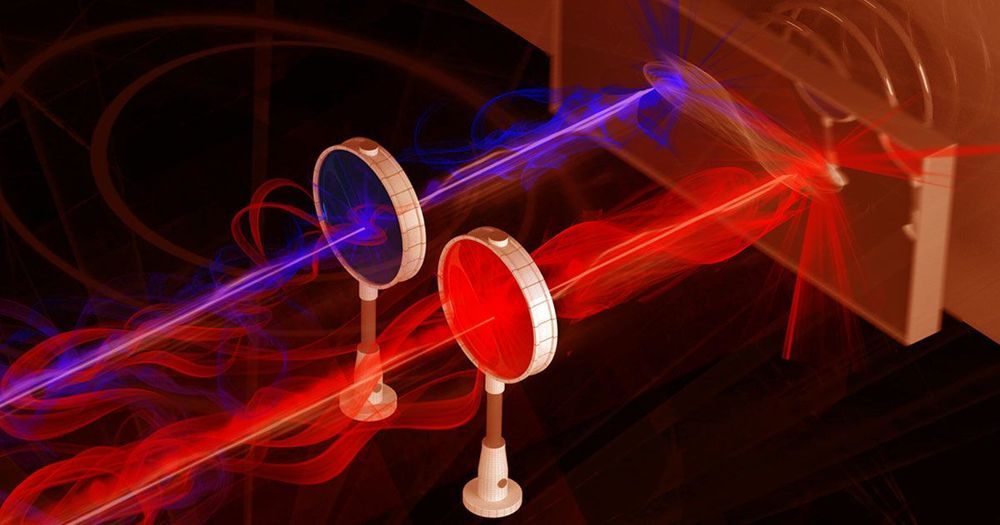Jun 26, 2019
Physicists Are Making Solid Light
Posted by Quinn Sena in categories: materials, particle physics
Circa 2014
A team of researchers from Princeton University has started doing some very strange things with light. Instead of letting it zip by at incredibly high speed, they’re stopping it dead: freezing it into crystal.
Crucially, they’re not shining light through crystal; rather, they making light into crystal. It’s a process that involves fixing the particles of light known as photons in a single spot, freezing them permanently in one place. It’s never been done before, and it could help develop new exotic materials with weird and wonderful properties.


















